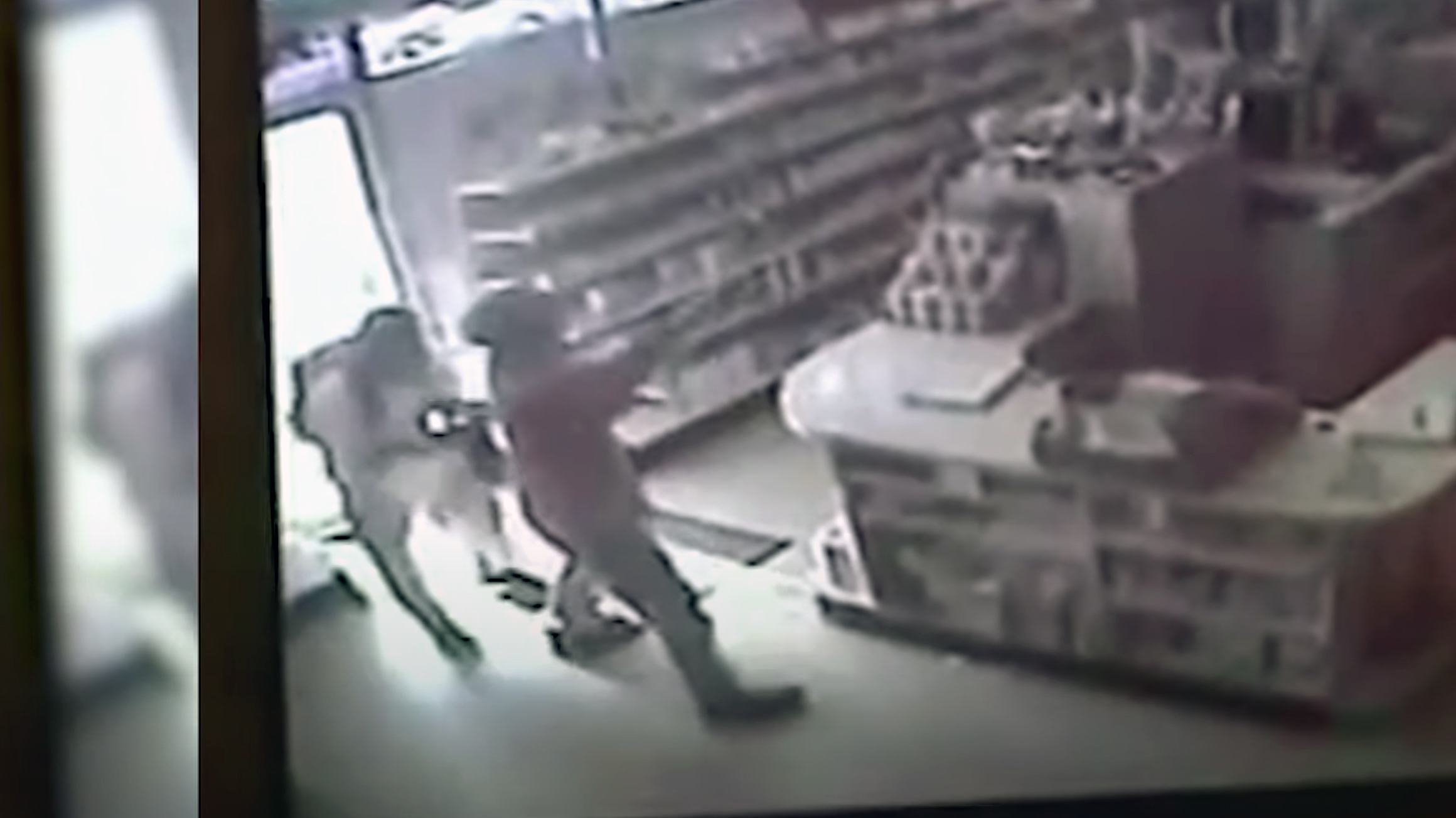Today we take a look back at the infamous Oklahoma pharmacy shooting of 2009. The incident sparked a wave of rage and debate. And in the end, it serves as a stark reminder in the responsibilities all gun owners must maintain. Further, those responsibilities only intensify when a weapon is drawn and fired.
Oklahoma Pharmacy Shooting Holds Many Hard Lessons
The incident began when two armed men entered the pharmacy. Footage shows one man point a gun at Jerome Ersland, an employee. Then the worker pulls a gun of his own, firing and striking 16-year-old Antwun Parker in the head.
Advertisement — Continue Reading Below
Footage then shows Ersland chase the other assailant out the door. When Ersland returns, he goes behind a counter and retrieves a second handgun. Then he inexplicably unloads into the unconscious Parker again, shooting him fire more times in the torso.
A medical examiner would later rule Parker died from the second round of gunshots, not the initial one. That damning piece of evidence, along with video, helped seal Ersland’s fate. A just convicted him and a judge sentenced him to life in prison. Ersland categorized the sentence as “an injustice of a monumental proportion,” reported KOCO News.
But even John Lott explained stand your ground laws require people exercise judgement and make reasonable decisions, reported KOCO News. “There’s no way you could meet a reasonable person standard,” Lott explained. A person maintains a right to defend themselves, “but they still have to require a reasonable person defense.”
Advertisement — Continue Reading Below
A criminal law professor, Peter Henning, explains there remains a clear line between defense and a criminal act.
“Once that necessity has dissipated, then the right to self-defense has ended,” Henning said, according to KOCO News. “It’s not a continuing right. It ends when the necessity is terminated. He definitely wasn’t acting in self-defense.”























